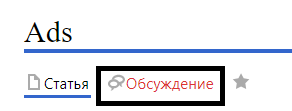Creating Ads
Description of the Situation
A new functionality has been added to the SmartPlayer personal account, allowing the creation of announcements for broadcasts with scheduled times. This new functionality has been placed in a separate section of the personal account (PA) called "Announcements."
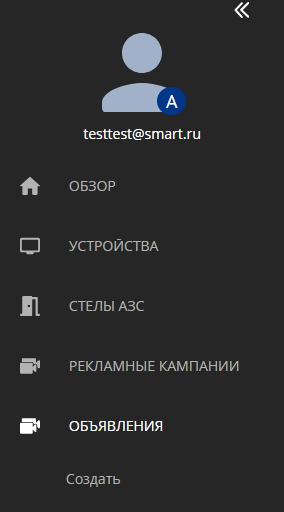
Need for the Functionality
This functionality was specifically developed to address the need for integrating additional advertising elements into broadcasts and fully automating this process.
Previously, this could also be done, but only through complex, unclear, and "hacky" methods. Moreover, the process required the user to perform many actions manually.
How It Works
Operational Logic
The user needs to select a device in the "Devices" section.
Next, they should set a schedule for the selected device. This is done by clicking on the device itself and navigating to the toolbar on the right. In the toolbar, there will be an item called "Schedule," where the necessary settings can be configured.
The created and configured announcement is integrated into the scheduled broadcast. The announcement plays at the specified time intervals. The playback process works as follows:
- The ongoing broadcast is interrupted and paused when the time coincides with the start time of the announcement.
- The announcement starts playing according to the selected time interval.
- After reaching the upper limit of the time interval, the announcement ends, and the broadcast resumes.
If the announcement has a repeat parameter set, it will be saved and will await the next scheduled time for playback.
If the repeat interval is not set in the announcement settings, it will complete its cycle and disappear.

Creating an Announcement
To create an announcement, go to the "Announcements" section in your personal account. There are two ways to create an announcement:
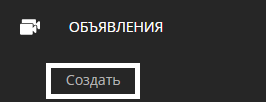
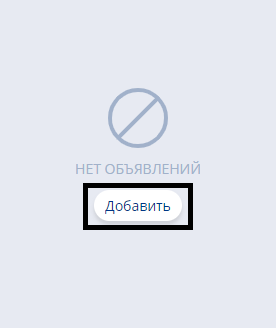
- Through the toolbar on the left in the "Announcements" section, there is a dedicated button. This method allows you to always create an announcement.
- On the main page of the "Announcements" section, using a dedicated button. This method does not work when there is at least one previously created announcement.
After using one of these options, the announcement settings window will open.
Announcement Settings
The settings page consists of three blocks:
- Main Settings - This section contains the main settings.
- Devices - Here, you select the device to which the announcement will be applied. The selected device must have a schedule.
- Summary - Final information about the announcement.
"Main Settings" Page
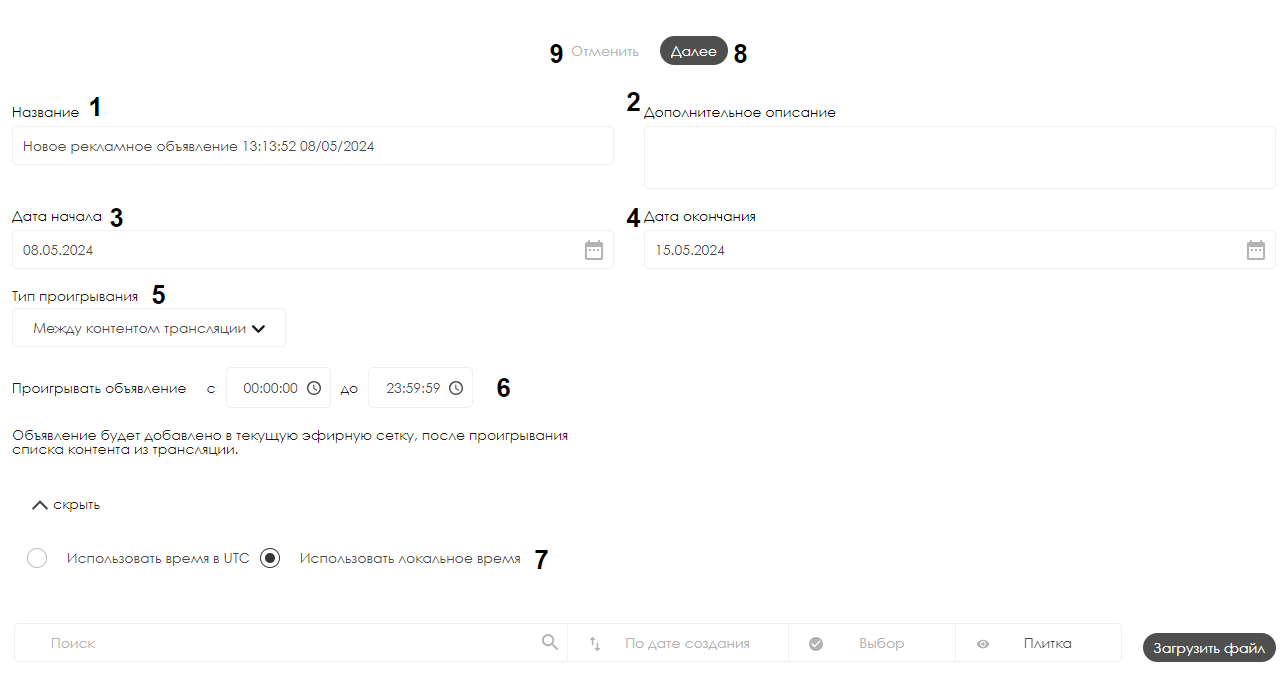
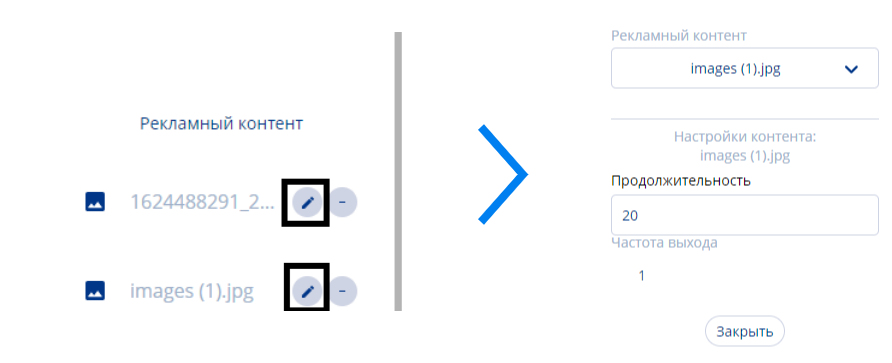
On the "Main Settings" page, you need to configure all the settings for the correct operation of the announcements:
- Name - Here you enter the name of the announcement.
- Additional Description - In this section, you can add a description/comment for the broadcast.
- Start Date - Set the date when the announcement will start "intervening" in the broadcast schedule. By clicking the "Calendar" icon, a calendar window will appear where you can select the desired date.
- End Date - Set the date when the announcement will stop playing. By clicking the "Calendar" icon, a calendar window will appear where you can select the desired date.
- Playback Type - Indicates the format of the announcement insertion that will be used. There are three options available: between content and broadcast, at a specific time, or for advertisers.
- Play Announcement - Allows you to specify the interval for the announcement playback.
- Time Format - Allows you to choose between "UTC Time" and "Local Time." It is recommended to use "Local Time."
- "Next" Button - Allows you to proceed to the next stage of settings. The "Next" button will only work if content is selected; otherwise, a warning window will appear.
- "Cancel" Button - Allows you to return to the main page of the "Announcements" section.

This page also includes a content management window, which consists of:

- Search Window - Allows you to find content by typing the file name in the search bar.
- Sorting - Sorts content by three parameters: creation date, name, size.
- Content Selection - Allows you to select all content at once or deselect it if it was already selected.
- Display Options - Allows you to choose how the content is displayed, either as tiles or as a list.
- Upload File - Allows you to upload content directly from the user's device.
- Content Location Path - Shows the path where the content is located.
- Content Type - Allows you to filter content into "images" and "videos" by clicking on it.
"Devices" Page
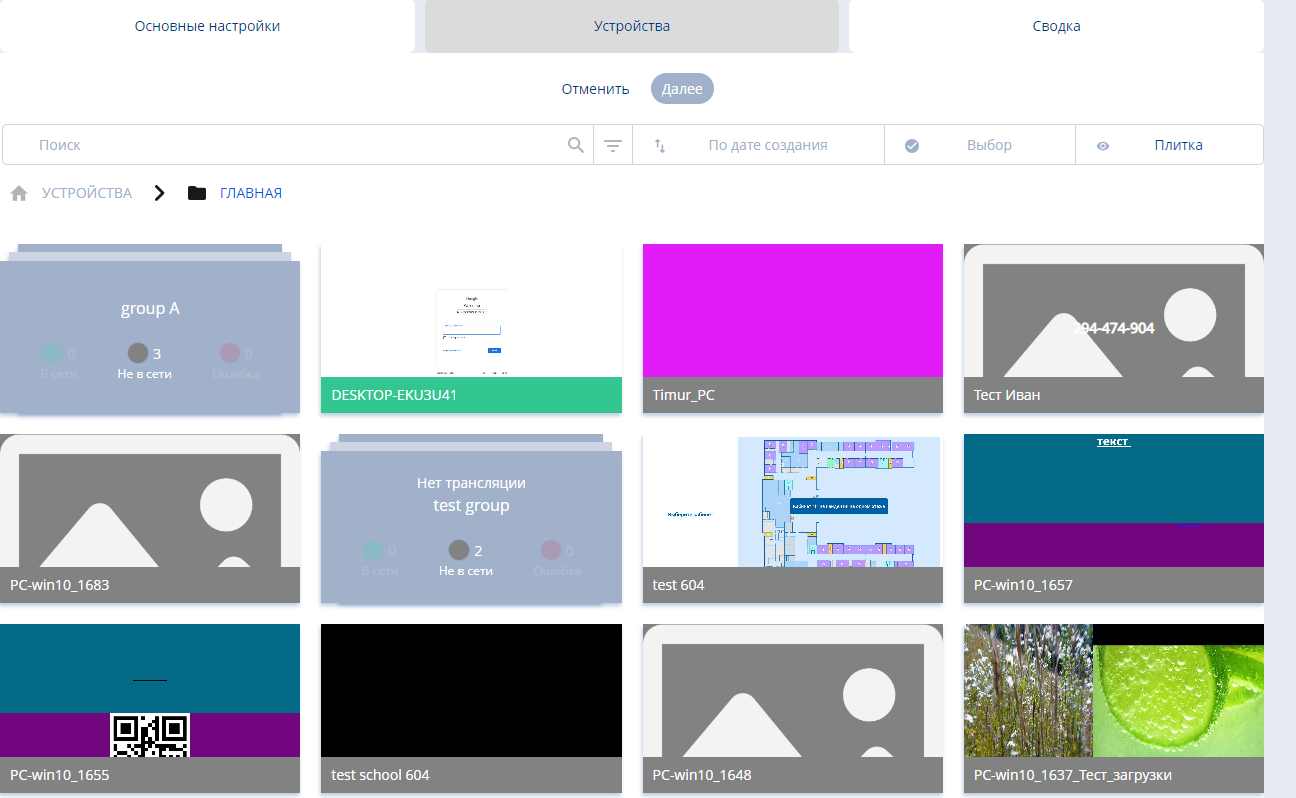
After filling in all the data on the "Main Settings" page and clicking the "Next" button, the user is taken to the "Devices" page.
On this page, the user selects the device to which the announcement will be applied. You can select a device by clicking on it with the mouse. The selected device will be marked with a checkmark.
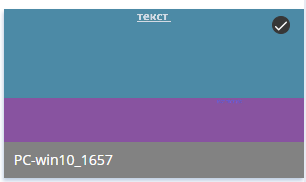
After selecting the device, click the "Next" button.
"Summary" Page
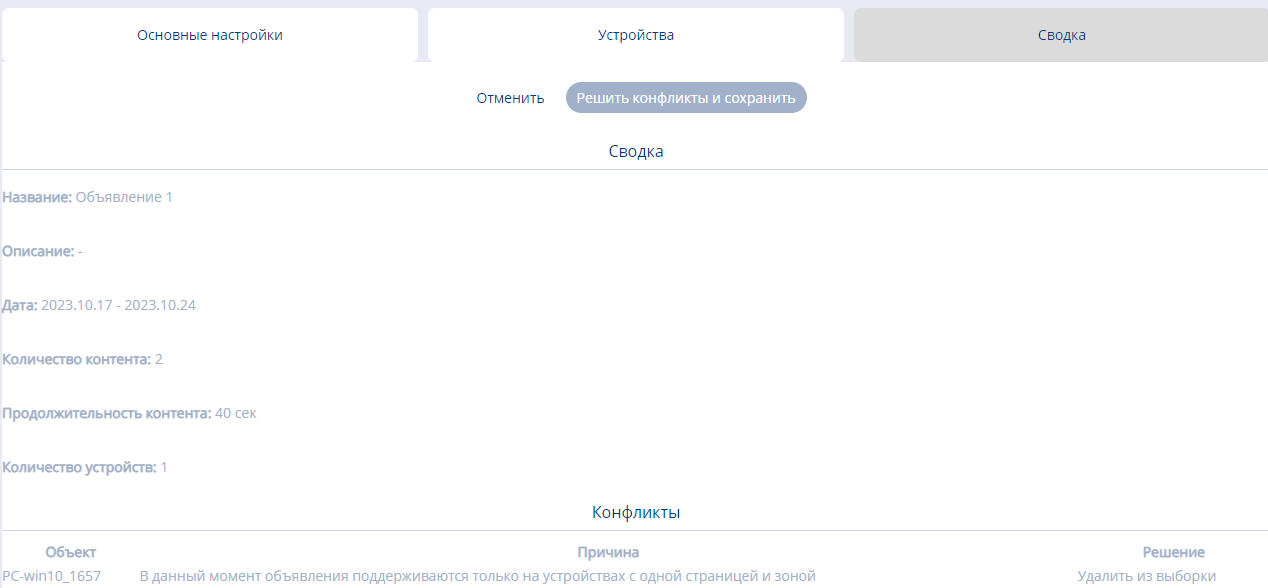
The final step in creating the announcement is to review the information on the "Summary" page. The "Summary" page can be divided into two parts:
- Summary Section - This area contains general information about the announcement, including the main parameters set in the "Main Settings" section.
- Conflicts Section - This area contains information about any conflicts between the announcement and the device or broadcast, which need to be resolved. If these conflicts are not resolved, it will be impossible to create the announcement after clicking the "Resolve Conflicts and Save" button. A special pop-up notification will alert you to the problem.

After resolving all conflicts, click the "Resolve Conflicts and Save" button and proceed to the final page. On this page, the fully created announcement is displayed.

Deleting an Announcement
A completed announcement can be deleted in one way. To do this, you need to click on it once and navigate to the right toolbar. There, the user will see the "Trash" icon, which is used to delete the announcement.
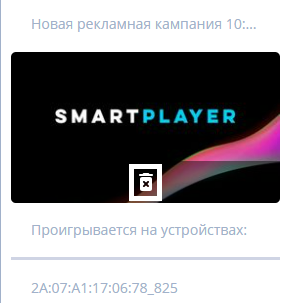
Useful Information
- The announcement will play in full, even if it exceeds the timeline (upper time limit).
- To create an "Announcement," there must be a scheduled broadcast on the device. If there is no schedule, it must be created.
- Only photo and video content should be used in announcements.
- A schedule with a single zone and a single page must be used. Otherwise, the system will not allow the announcement to be created and will request that you return to the beginning of the announcement creation process.
- If the announcement does not appear in the list after creation, the issue might be with the filter settings. Check the status filter and try other options.
- Each announcement is assigned its own ID upon creation. This hidden parameter may affect the operation of the announcement within the schedule.
- If multiple types of content are added to the announcement, they will play in the order they were added. The content added first will play first. This is related to the assignment of IDs to each announcement. The first announcement will receive a lower ID value, meaning it will play first.
- If there are two announcements in the schedule, and the first one is edited, it will play last. This is because the announcement is deleted and recreated when edited, and it receives a new numeric ID, which is naturally higher than that of the second announcement.
- By default, it is recommended to use local time when creating an announcement.
- If content is not selected when creating an announcement and the "Next" button is clicked, a pop-up message will appear with the text: "Advertising content not selected."
- Announcements can be applied to both online and offline devices, as long as there is at least one schedule on the device.
- All identified conflicts when creating an announcement are highlighted in the "Summary" section. All conflicts must be resolved to complete the announcement creation.
- If you need to delete multiple announcements, it is recommended to do so individually and sequentially.
- Double-clicking on a completed announcement allows you to edit it.
- If the schedule ends while the announcement is playing, the announcement will stop.
- To save device memory, the announcement will be deleted after the "End * Date" has passed and if there is no repeat event.
- Announcements affect the content playback statistics.
- After the device connects to the server, it will receive information about the announcement within one minute.
Additional Materials
- Announcement at the End of the Broadcast Schedule
- Announcement Playback Type "Between Content and Broadcast"
- Announcement Playback Type "At a Specific Time"
- Announcement Playback Type "Advertisers"
Additional Information
If this article does not help you use the functionality as intended, or if you have any questions after reading it, you can ask them in the "Discussion" section at the top of the page.
